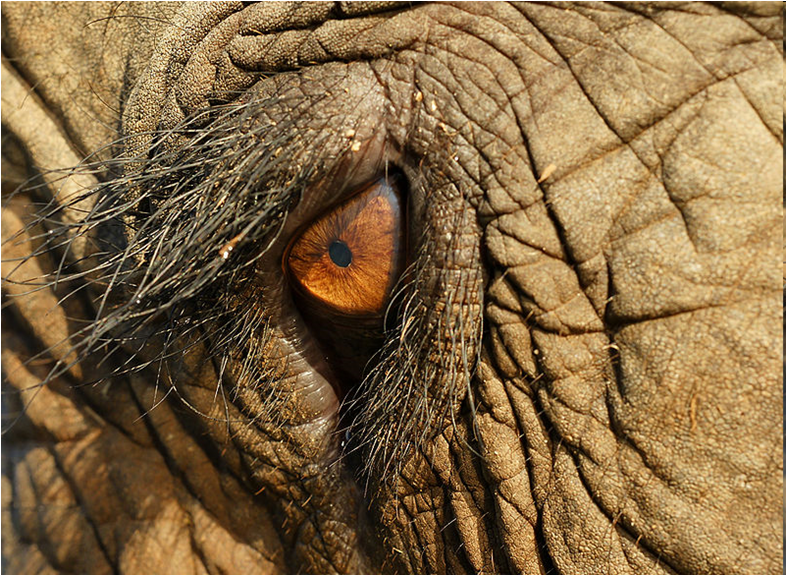Tasks: Shooting an Elephant by George Orwell

In this essay, we see how the tragic ending of the elephant is a result of a series of related actions, where an effect becomes the cause of a further effect.
Study the structure of the story and make a timeline of the essay - or use a graphic organiser like the one shown below - and point out the moments in the essay that have the greatest influence on the narrator's actions.
Work with a partner or a group, and discuss the following questions:
The essay starts the following way: "In Moulmein, in lower Burma, I was hated by large numbers of people - the only time in my life that I have been important enough for this to happen to me." What is the effect of starting the essay in this way? And what does this sentence tell us about the narrator?
Orwell clearly has very conflicting feelings about the Burmese population and his presence in Burma. How does Orwell describe the natives? And how does he feel about the presence of the British Empire in Burma? Find examples in the text.
The elephant is the central symbol in the story. What political idea or situation might the confused but violent elephant symbolise?
A native is 'smushed' by the elephant. Later, the elephant is killed by Orwell. What do you think is Orwell's intent in discussing and describing the dead man? And why does he describe the slow death of the elephant in such great detail?
A few times in the essay, Orwell talks about the need to “save face” or protect his reputation as an agent of the British Empire. Why was this so important to him?
He states that the white man "wears a mask, and his face grows to fit it." What does he mean by this?
The essay describes a clear hierarchy, with the British on top and the Burmese as servants. Find examples (incidents or remarks) from the text that show this.
Orwell was against imperialism, but the time he lived in was permeated by racism. Find examples of words or phrases that you feel are racist in the text. Discuss whether the author included these words and phrases deliberately to illustrate the society he describes, or if there are other reasons why they are included.
Can you find any examples of irony in George Orwell's 'Shooting an Elephant'?
How is symbolism used in his text? Go through the text and look for examples of metaphors and similes. What is the effect of this symbolism?
Choose one of the following tasks. Research, and share your findings in groups or as a formal presentation.
Myanmar, or Burma as it was previously called, was for many years a part of the British Empire. Find out more about the British rule in Burma. Why was Burma important for the British?
Find out more about recent developments in Myanmar with regard to human rights and politics.
Who was George Orwell? What is this author most famous for? What impact has his literature had on popular culture?
Discuss Orwell's use of literary tools such as metaphors, similes, and irony, and explain how he uses each of these tools to convey his argument or message.
In 'Shooting an Elephant' Orwell describes the resentment and ridicule that he feels the Burmese people direct at him. Discuss the nature of this resentment and ridicule. Where might it come from and why is it directed at Orwell?
Relatert innhold
An essay describing Orwell's experience as a police officer in Burma during the later days of British imperialism.